The Elder Scrolls IV: Oblivion
Publisher: 2K GamesWe used the latest addition to the impressive Elder Scrolls series of titles, Elder Scrolls IV: Oblivion with the 1.1 patch applied. It uses the Gamebyro engine and features DirectX 9.0 shaders, the Havok physics engine and Bethesda use SpeedTree for rendering the trees. The world is made up of trees, stunning landscapes, lush grass and features High Dynamic Range (HDR) lighting and soft shadowing. If you want to learn more about The Elder Scrolls IV: Oblivion, we recommend giving our graphics and gameplay review a read.
The graphics options are hugely comprehensive, with four screens of options available for you to tweak to your heart's content. There is also the configuration file too, but we've kept things as simple as possible by leaving that in its out of the box state. For our testing, we did several manual run throughs to test the game in a variety of scenarios ranging from large amounts of draw distance, indoors and also large amounts of vegetation. Our vegetation run through is the result that we have shown, as it proved to be the most stressful - we walked up the hill to Kvach, where the first Oblivion gate is located.
________________________________________________________________________________
24" widescreen gaming:
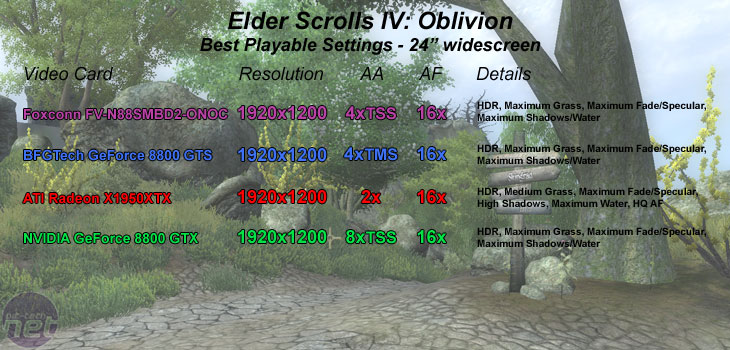

Although transparency multisampling does show some image quality improvements over standard edge anti-aliasing, the improvements aren't quite as profound as the image quality differences that come as a result of enabling transparency supersampling. As a result of this, the gaming experience delivered by Foxconn's 8800 GTS was noticeably better than the experience delivered by any reference-clocked GeForce 8800 GTS.
It wasn't quite enough to challenge NVIDIA's flagship GeForce 8800 GTX, but it was more than enough to dispose of any threat from ATI's ageing Radeon X1950XTX.
________________________________________________________________________________
30" widescreen gaming:
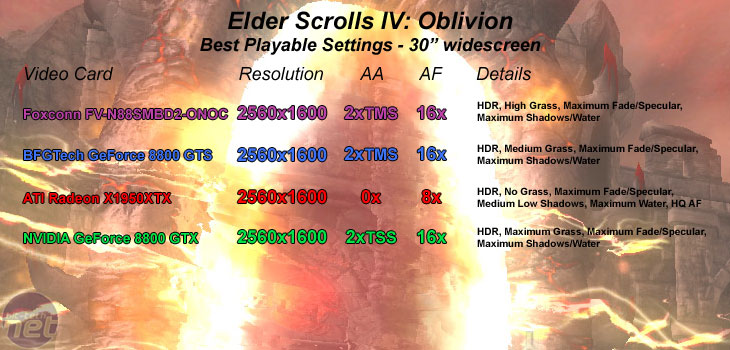

Again though, we found that Foxconn's card sat firmly in between the reference-clocked BFGTech GeForce 8800 GTS and the reference 8800 GTX, but overall performance was closer to BFGTech's 8800 GTS than the considerably faster GTX, proving that the additional stream processors and higher memory bandwidth really help the GTX in this title.

MSI MPG Velox 100R Chassis Review
October 14 2021 | 15:04



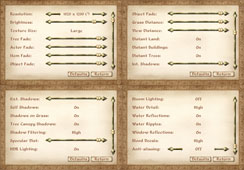
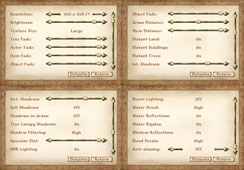
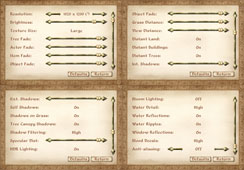
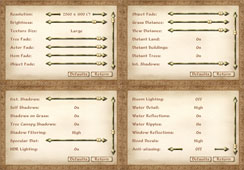
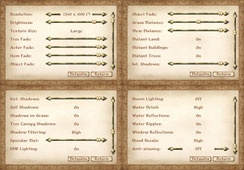
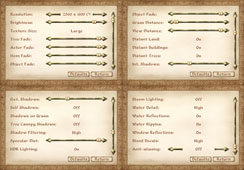
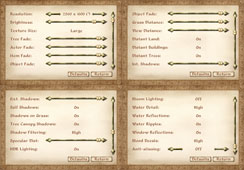





Want to comment? Please log in.